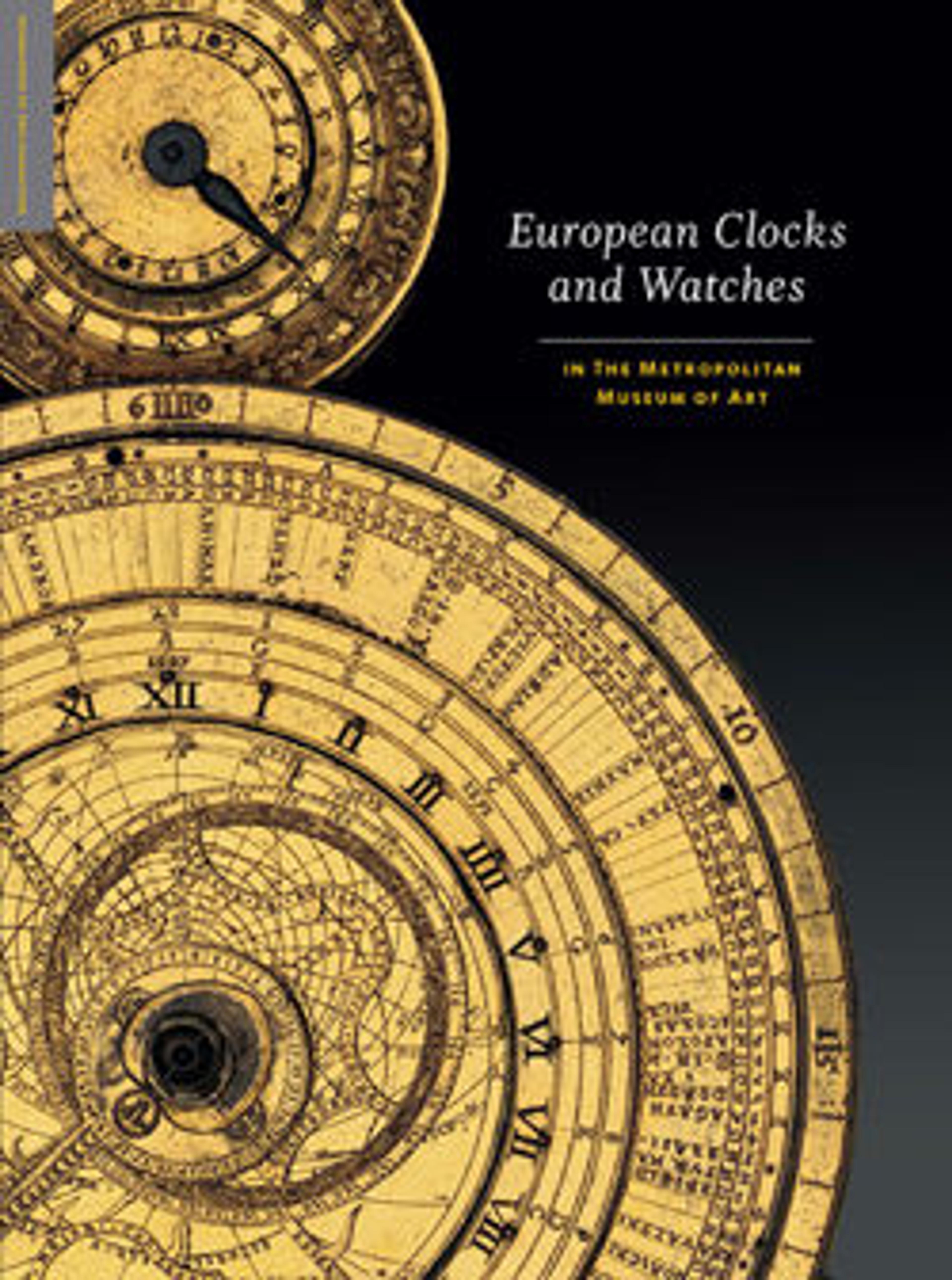Longcase clock with calendrical, lunar, and tidal indications, also known as the Graves Tompion
Artwork Details
- Title:Longcase clock with calendrical, lunar, and tidal indications, also known as the Graves Tompion
- Calligrapher:Clockmaker: Thomas Tompion (British, 1639–1713)
- Maker:Case attributed to Jasper Braem (active ca. 1677–ca. 1686)
- Date:ca. 1677–80
- Culture:British, London
- Medium:Case: oak veneered with walnut, panels of oystershell-cut olive wood; marquetry panels of green-stained bone, ivory, various woods; mounts: gilded brass; dial: gilded and silvered brass; movement: brass, steel
- Dimensions:Overall: 77 × 17 × 8 in. (195.6 × 43.2 × 20.3 cm); Width (dial plate): 10 in. (25.4 cm)
- Classification:Horology
- Credit Line:Bequest of Marilyn Preston Graves, 1999
- Object Number:1999.48.2
- Curatorial Department: European Sculpture and Decorative Arts
More Artwork
Research Resources
The Met provides unparalleled resources for research and welcomes an international community of students and scholars. The Met's Open Access API is where creators and researchers can connect to the The Met collection. Open Access data and public domain images are available for unrestricted commercial and noncommercial use without permission or fee.
To request images under copyright and other restrictions, please use this Image Request form.
Feedback
We continue to research and examine historical and cultural context for objects in The Met collection. If you have comments or questions about this object record, please contact us using the form below. The Museum looks forward to receiving your comments.
